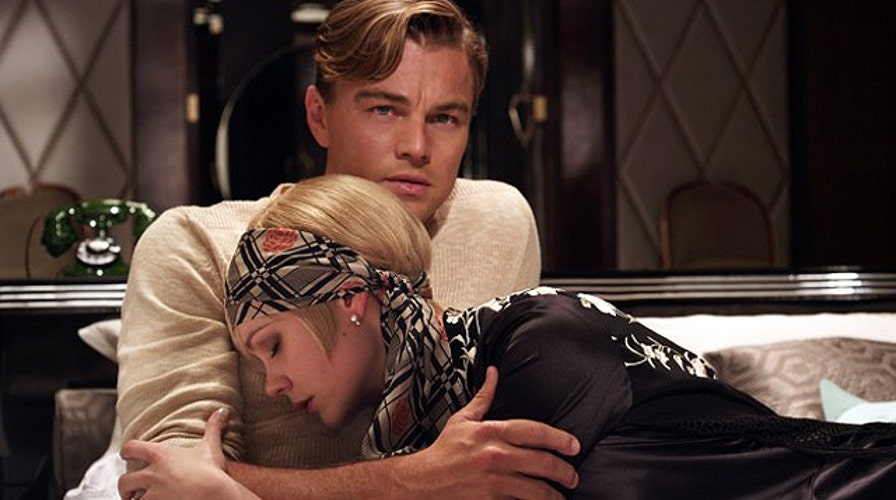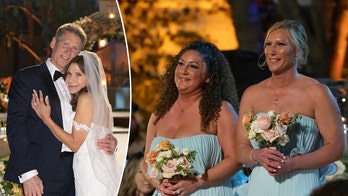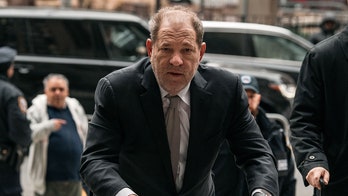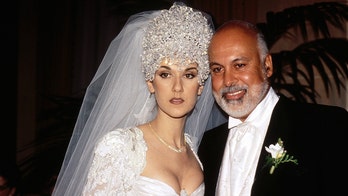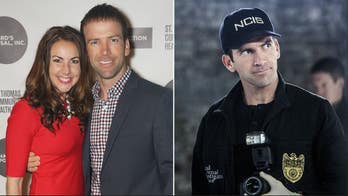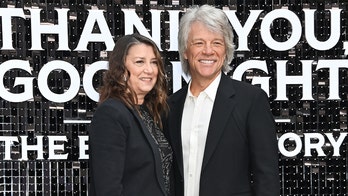Baz Luhrmann’s adaptation of the classic F. Scott Fitzgerald novel “The Great Gatsby” is first and foremost an event, painted front to back with an exuberance, panache and kitsch to rival even the most outlandish of Jay Gatsby’s Long Island parties.
The initial reaction to this “Gatsby” might be that it’s all style over substance, which, in a way, is Luhrmann’s point. His production accentuates the carnival-esque lifestyle certain New York City socialites maintained on a day-to-day basis during the roaring 20s. The sets, costumes, music and overly stylized tone reflect the exorbitance of these vapid characters and Luhrmann’s ace card is that he tricks the audience into accepting this hollow lifestyle of gossip, booze and materialism just like his narrator Nick Carraway (Tobey Maguire).
This world that Luhrmann has designed is so sumptuous it is easy to get lost in the details. The circus of visual effects, elaborate camera work, jaw-dropping sets and gorgeous period costumes (designed by Luhrmann’s wife Catherine Martin), exemplify these characters’ skewed perceptions of reality, love and distraction of materialism and their hollow notion of love. These are all lost and empty characters and Luhrmann’s style perfectly complements Fitzgerald’s cynical view of the whole charade.
Certainly people will have their preferences when it comes to Luhrmann’s bohemian style, but Fitzgerald’s book lends itself very well to this adaptation. This film is very faithful to the book, despite the visual and auditory choices. All of Fitzgerald’s original creation finds its way into this film, even going as far to include quite a bit of the original dialogue.
For those unfamiliar with the classic book, “Gatsby” follows a young man who moves to West Egg, Long Island for the summer to visit his cousin Daisy (Carey Mulligan). His next door neighbor is the mysterious Jay Gatsby, who every weekend throws the most rambunctious, extravagant parties. The rumor mill spins; nobody knows the truth as to who Gatsby really is or where he amassed his fortune. When Carraway becomes friends with Gatsby, he gets swept up into his bizarre and unrealistic lifestyle when Gatsby asks him to be re-introduced his old girlfriend Daisy, setting off a chain reaction of unpleasantness.
At times, the script is too faithful to the original text, in that little is left to interpretation. Luhrmann even takes the ineffectual approach of having his characters tell us the action instead of showing us. This is a movie, remember. It’s a visual medium and having characters like Carraway or Jordan Baker (Elizabeth Debicki) explain to the audience what Gatsby’s history and motivations is ironic (especially for Luhrmann) and a disservice to the medium. It’s a movie. Show us, don’t tell us.
Leonardo DiCaprio does a marvelous job as the mysterious socialite by accentuating Gatsby’s disconnect from reality. Just like the visuals, Gatsby’s perspective is skewed and hindered by materialism and DiCaprio switches from a spoiled frat boy poser to a hopeless romantic. Just like every other aspect in this film, Gatsby is always “on” and Leonardo DiCaprio captures that energy so effortlessly.
Carey Mulligan, delightful as always, adds depth to the flamboyant Daisy. Mulligan shines brightest when she lets Daisy's tortured conscience attempt to break through her superficial and flowery facade. She and DiCaprio are a nice match as the two lovers completely out of sync with a love that runs only as deep as public perception.
The weakest link in this “Gatsby” is Tobey Maguire. The “Spider-Man” star provides a stale narration and recounting of all the events and his incessant doe-eyed reactions to every situation are hardly convincing. The actor seems unsure of what to be doing in each scene, which is a noticeable distraction.
The rest of the cast is excellent, especially Joel Edgerton as Daisy’s jealous, lecherous husband Tom Buchanan and Isla Fisher’s whirlwind performance as his mistress, Myrtle.
The use of music is almost reason enough to see this “Gatsby.” The Jay-Z produced soundtrack is a clash between contemporary hip hop and 1920’s jazz. Hearing Jay-Z, Florence and the Machine and Beyoncé weave in and out of classic Gershwin tunes is inspired and exemplifies the warped realities and chaos of these characters. Circumventing the musical chaos and battle of the bands is Craig Armstrong's score, which provides an otherwise unseen layer of melancholy throughout the film.
Luhrmann is at his best when he is blending visual and musical styles together to create something wholly original. One of the most standout scenes in this film – and of any film yet this year – is the first party scene where Carraway is bouncing from party guest to party guest trying to decipher all the gossip and rumors about Gatsby until he finally is introduced to the man himself with the most sensationalized version of "Rhapsody in Blue" to grace the cinema.
It is pure Luhrmann and pure “Gatsby.”
MPAA Rating: PG-13. Running time: 2 hours and 23 minutes.
